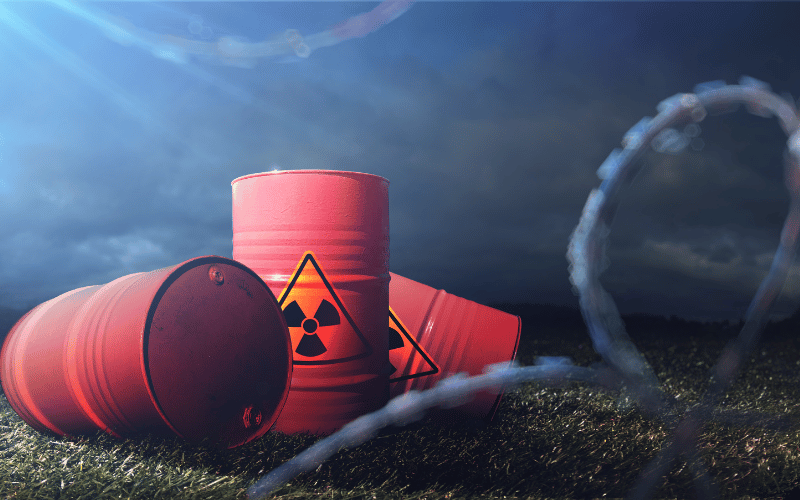9. Exposure to Environmental Toxins: The Hidden Danger

Exposure to certain environmental toxins, such as chemicals used in industrial processes or contaminated drinking water, can increase the risk of liver cancer. The liver plays a critical role in detoxifying harmful substances from the body, and exposure to environmental toxins can damage liver cells and promote the development of liver cancer.
Some common environmental toxins associated with liver cancer risk include vinyl chloride, used in the production of plastics, and arsenic, a naturally occurring element found in contaminated drinking water. The International Agency for Research on Cancer (IARC) classifies both vinyl chloride and inorganic arsenic as Group 1 human carcinogens, indicating a strong association with liver cancer.
To reduce the risk of liver cancer from environmental toxin exposure, it is essential to implement regulations and monitoring programs to ensure that hazardous chemicals are used safely and that drinking water supplies meet safety standards. Public awareness campaigns can also help inform individuals about the risks of environmental toxin exposure and promote protective measures, such as using water filters or avoiding contaminated areas.
In some cases, genetic factors may make certain individuals more susceptible to the harmful effects of environmental toxins on liver health. Ongoing research into the interactions between genetics and environmental exposures can help inform personalized risk assessments and prevention strategies for liver cancer. (9)